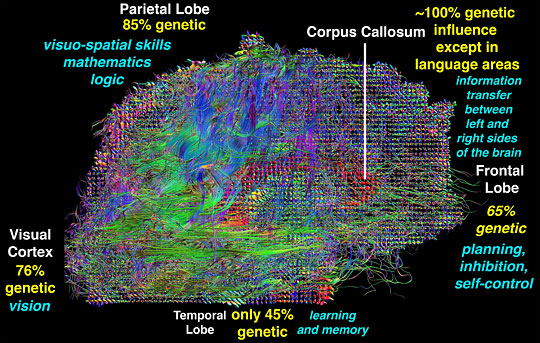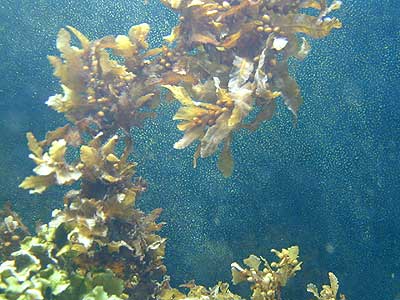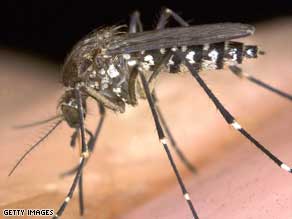
From The Telegraph:
The uncompromising verdict of Dr Mörner is that all this talk about the sea rising is nothing but a colossal scare story, writes Christopher Booker.
If one thing more than any other is used to justify proposals that the world must spend tens of trillions of dollars on combating global warming, it is the belief that we face a disastrous rise in sea levels. The Antarctic and Greenland ice caps will melt, we are told, warming oceans will expand, and the result will be catastrophe.
Although the UN's Intergovernmental Panel on Climate Change (IPCC) only predicts a sea level rise of 59cm (17 inches) by 2100, Al Gore in his Oscar-winning film An Inconvenient Truth went much further, talking of 20 feet, and showing computer graphics of cities such as Shanghai and San Francisco half under water. We all know the graphic showing central London in similar plight. As for tiny island nations such as the Maldives and Tuvalu, as Prince Charles likes to tell us and the Archbishop of Canterbury was again parroting last week, they are due to vanish.
Read more ....















































